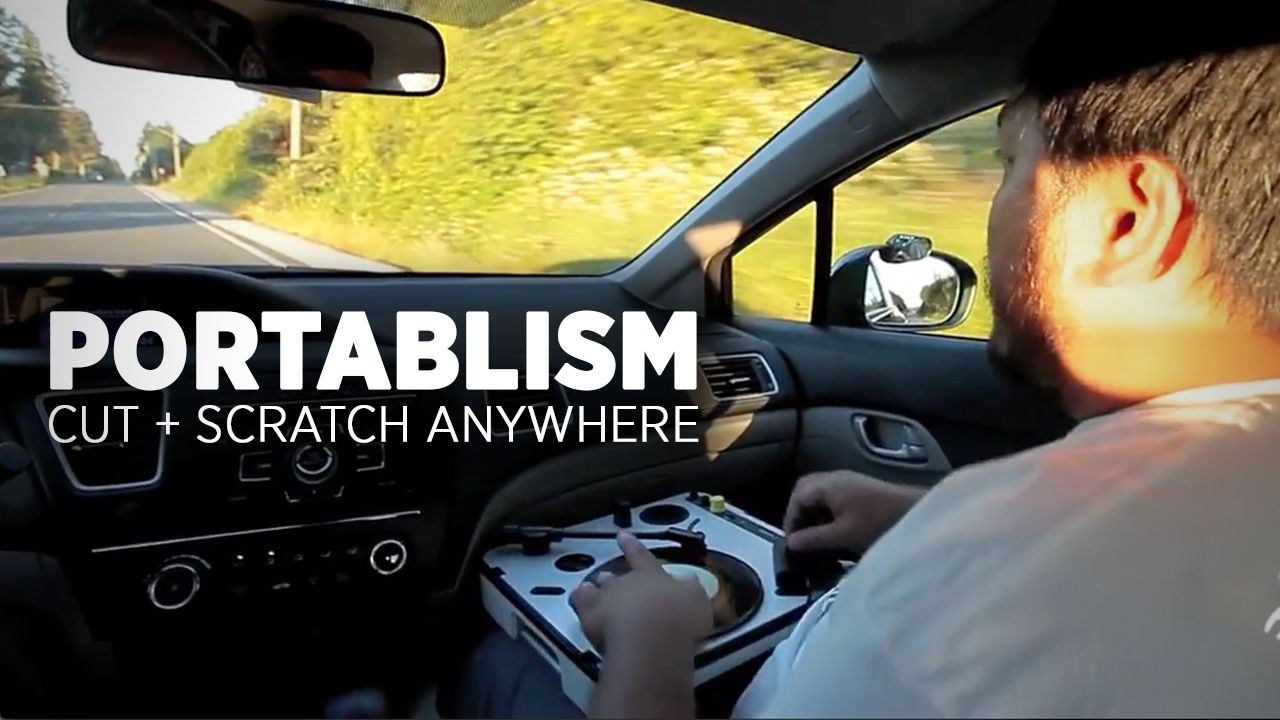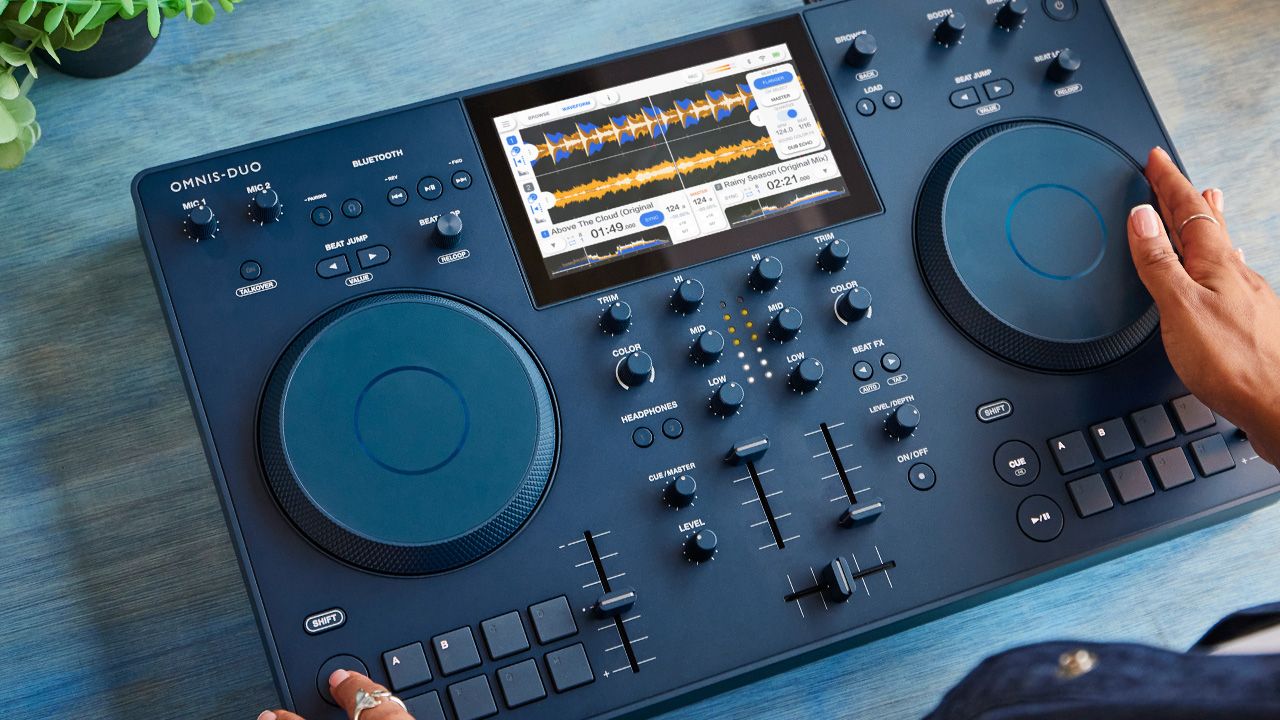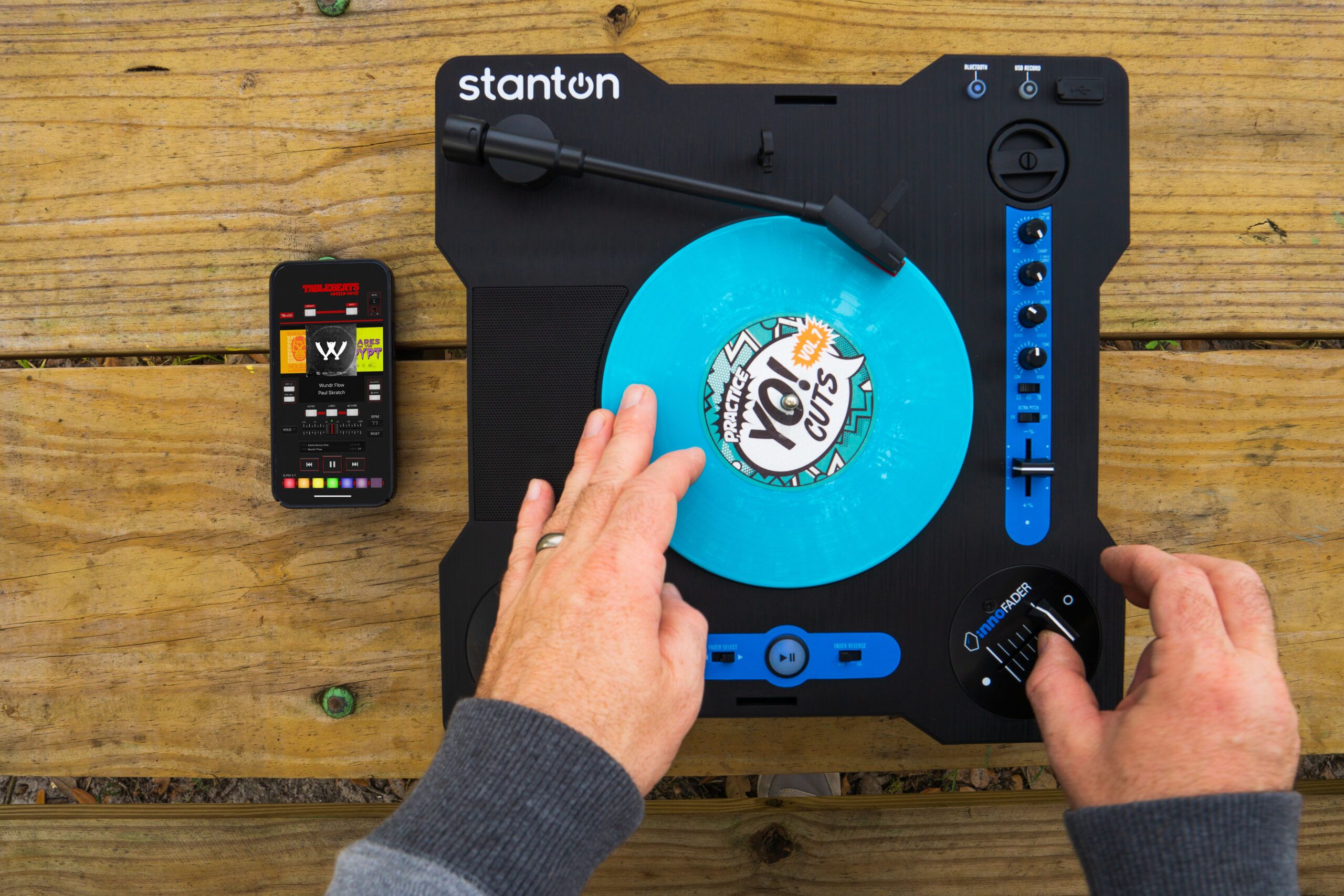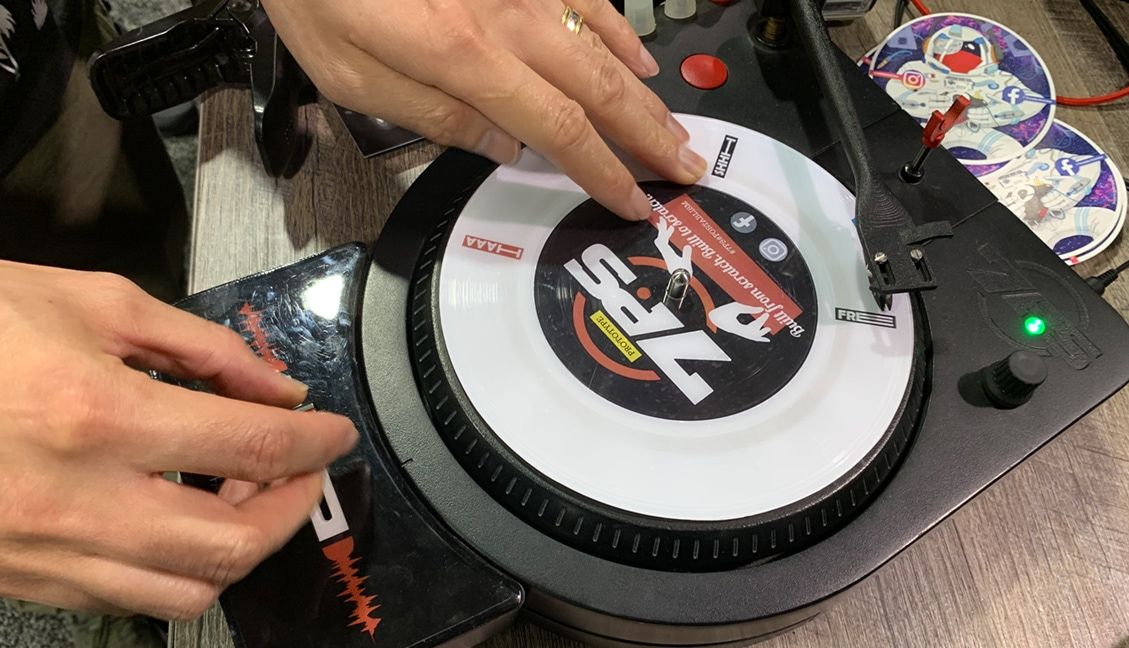If there’s one big new trend in the DJ world in 2016, it has been the rise of portablism. This is the art of cutting and scratching with portable turntables. The use of easily transportable gear means that portablists can perform almost anywhere they want, often leaving DJ booths and nightclubs for more exciting locations. See portablism in action and learn the tools of the trade in today’s article.
The header image is a screenshot from this YouTube video, “Skratcher TV”, featuring in-car scratching from Wundrkut, Mike MSA & Paul Skratch.
Portabalism In Action
There’s a movement that’s bringing turntablism out of the darkness – literally – and into daylight settings. Busking with 45s or cutting it up in a car with your friends are great ways to practice fader skills in a lower pressure environment than when playing a gig.
Portablism is the practice of DJing (most commonly in a turntablism-style fashion) with easily transportable gear.
Portablism has become possible because of a unique type of product that has appeared in the last two years: pocket / portable faders (more on these below). They allow DJs to have crossfader control over audio without any other controls. No mixer needed.
It’s the natural follow-up to turntablism and controllerism, but with a specific focus on enjoying the creative adventure of practicing a craft in a new and unique places. A great example is in the above new video via DJ City (part of the cleverly-named “Off The Beat and Path” series).
But not every portablist set is a huge production with drones and gasoline generators. Sessions are more often shared on Instagram, which lends itself to more on-the-fly videos of performers:
Portablist Tools Of The Trade
What makes portablism different from turntablism is the type of gear used. You can’t lug a heavy Technics SL-1200 in your backpack, and a full-sized mixer is unnecessary for most.
Here’s the gear that we’ve seen used (this list might not be complete, so feel free to share your additions in the article comments):
- Portable Turntables: They weigh much less than any typical DJ turntable, are battery-powered, and usually belt-driven. The most common ones used by portablists are the Vestax Handy Trax (~$350, discontinued but are still sold online) and the Numark PT01USB ($99). Older retro gear also can work well – like the below Columbia GP-3:
- Pocket Faders: These are the devices that have made portablism possible. Before pocket faders, there wasn’t a truly portable solution for cutting audio in and out on the fly. The first one we saw on the market was the Frisk Fader, which simply cut audio in and out from a single source with two 1/8″ jacks – one for the input and one for the output.There are a few other competitors out now, including the Raiden Fader, Jesse Dean’s JDDX2R, and even the wireless Mixfader (a Bluetooth option for use with an iPhone app). Watch the Raiden Fader VVT-MK1 in the video below:
Many portablists will mount their crossfader directly on their turntable with heavy-duty adhesive. DJ Woody came up with an even crazier idea – a mount for the pitch fader:
- Scratch Records: These are already a tool of the trade in the turntablism world, but often portablists will want 7″ records to cut with instead of full-sized 12″ records. In recent years, a lot more of these have popped up. Check out some from Texas Scratch League, Ritchie Ruftone, and of course Qbert’s Thud Rumble.Watch Ritchie cut it up on his own 7″ release below:
What do you think the future of portablism could look like?
Share your thoughts in the comments below.









